Minimalist UX/UI designs work exceptionally well for e-commerce websites as they create a sophisticated and engaging shopping experience. They streamline the purchasing journey, boost conversions, and captivate users through enhanced visual appeal, navigational efficiency, cognitive ease, reduced information overload, and seamless mobile optimization. This strategic approach enables you to deliver a delightful shopping experience, stay ahead of evolving trends, and gain a competitive advantage in the e-commerce landscape.
Key Takeaways
- Minimalist designs reduce cognitive load, enabling customers to focus on products and complete purchases efficiently.
- Clean layouts and streamlined navigation create a sophisticated, elegant shopping experience that captivates users.
- Judicious use of negative space and curated color palettes enhance the overall aesthetics, drawing attention to product offerings.
- Simplified menu structures and optimized search functionality guide customers seamlessly through the purchasing journey.
- Responsive and intuitive mobile-first designs ensure a consistent, effortless shopping experience across devices.
Enhanced Visual Appeal
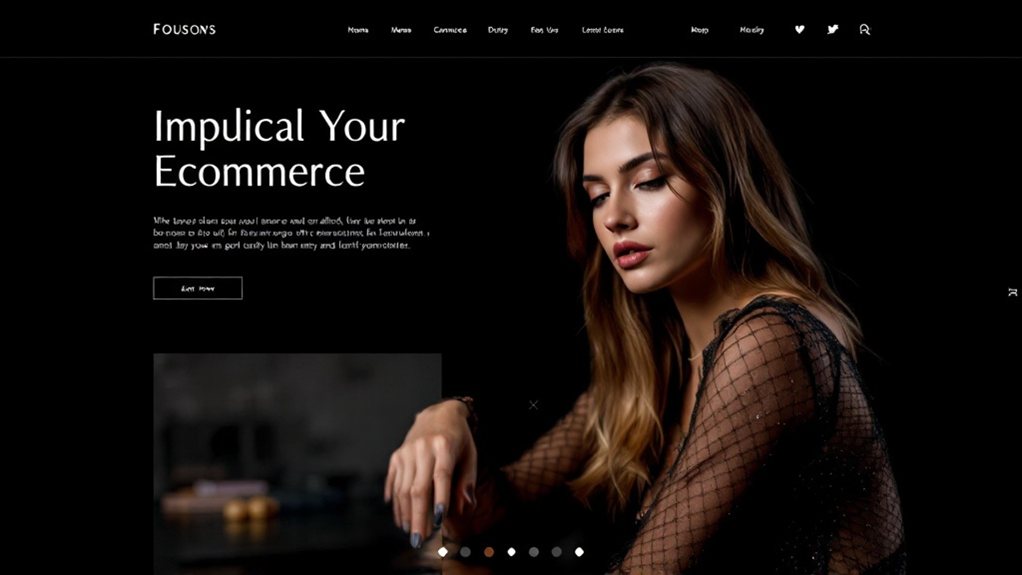
Minimalist design approaches can elevate the visual appeal of your e-commerce platform, captivating users at first glance. By streamlining elements and focusing on clean, uncluttered layouts, you create a sense of sophistication and elegance. This visual clarity allows your products to take center stage, drawing the user's attention to what matters most – your offerings. Judiciously-used negative space and a carefully curated color palette further enhance the aesthetic, creating a harmonious and visually-appealing experience. Ultimately, a minimalist UX/UI design puts the spotlight on your products, fostering an engaging and memorable shopping journey for your customers.
Improved Navigational Efficiency
By streamlining your navigation, you'll enhance the efficiency of your e-commerce platform, allowing users to quickly find and access the products they desire. Simplifying the menu structure, using clear labels, and optimizing the search functionality will minimize friction and guide customers through their purchasing journey effortlessly. Implementing a responsive and intuitive layout that adapts to different devices ensures a seamless experience across all touchpoints. Furthermore, incorporating breadcrumbs and visual cues will help users orient themselves and navigate your site with ease. Ultimately, an efficient navigation system empowers customers to discover and acquire the products they need, driving higher engagement and conversion rates for your e-commerce business.
Increased Cognitive Ease
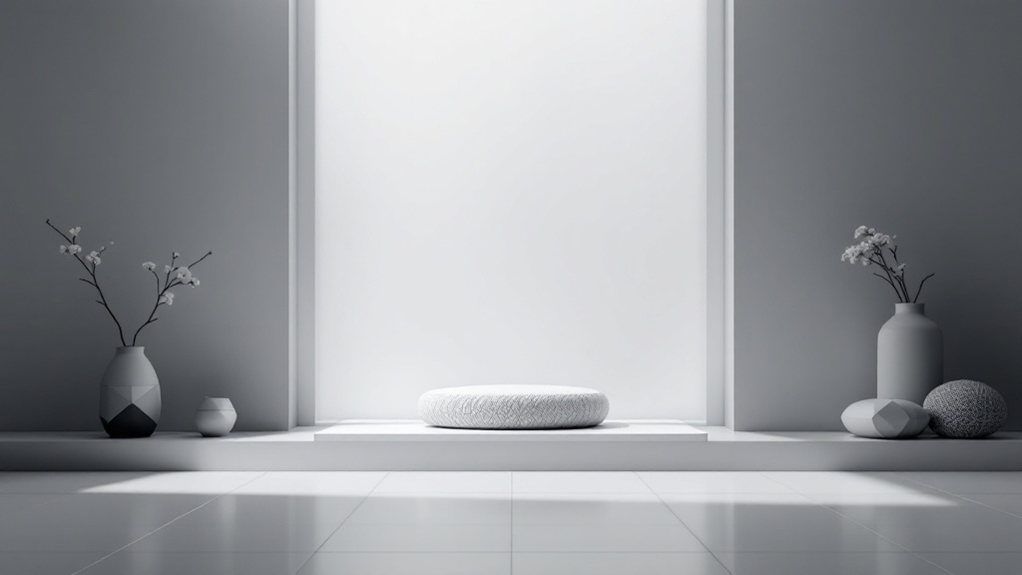
When your UI design prioritizes cognitive ease, you'll empower customers to seamlessly navigate and engage with your e-commerce platform. By reducing visual clutter and cognitive load, you create an intuitive interface that minimizes decision fatigue. Customers can quickly find what they need, process information effortlessly, and complete purchases with ease. This improved user experience boosts engagement, reduces bounce rates, and ultimately drives higher conversions. Simplicity is the hallmark of an effective e-commerce design, as it enables customers to focus on the products and complete their shopping tasks efficiently. By optimizing for cognitive ease, you'll create a delightful shopping experience that keeps customers coming back.
Reduced Information Overload
To avoid information overload, you should eliminate extraneous details and prioritize only the most essential content on your e-commerce platform. Cluttered interfaces overwhelm users, making it difficult for them to find what they need. By streamlining your design, you'll create a focused experience that guides customers seamlessly through the purchasing journey. Minimalist layouts emphasize key product information, calls-to-action, and navigation, allowing users to quickly grasp the most important details. This reduces cognitive strain and increases the likelihood of conversions. Ultimately, a clean, uncluttered interface empowers customers to find and buy products effortlessly, enhancing their overall satisfaction with your brand.
Seamless Mobile Optimization
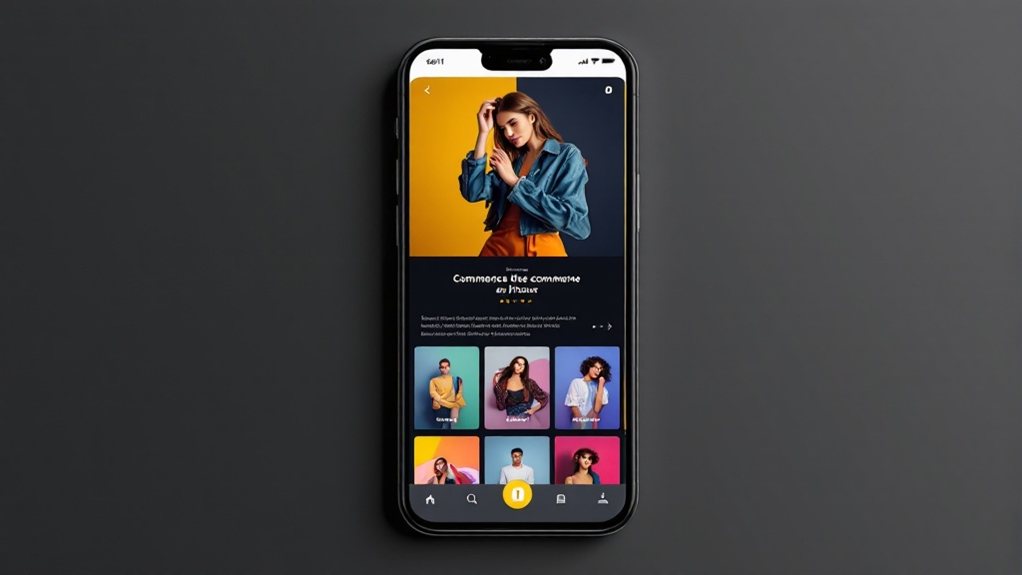
With a minimalist approach to your e-commerce design, you'll want to ensure it's seamlessly optimized for mobile users. Streamlined navigation, uncluttered layouts, and mobile-friendly interactions are key. Prioritize content hierarchy, using visual cues to guide the user's focus. Leverage responsive design principles to deliver a consistent experience across devices. Minimize the number of steps in the checkout process, simplifying product selection and checkout. Implement smooth scrolling, gesture-based interactions, and fast-loading pages to enhance the mobile shopping journey. By optimizing for mobile, you'll provide a frictionless experience that keeps customers engaged and drives conversions.
Boosted Brand Perception
A minimalist UX/UI design can significantly boost your brand perception. It conveys sophistication, professionalism, and attention to detail – qualities that inspire trust in your customers. By streamlining the interface and focusing on essential features, you create a clean, uncluttered aesthetic that resonates with modern consumers. This minimalist approach allows your products and branding to take center stage, elevating your brand's image and positioning it as a leader in the industry. Ultimately, a minimalist design communicates competence, reliability, and a commitment to delivering an exceptional user experience – all of which contribute to a more favorable brand perception in the minds of your target audience.
Streamlined Conversion Funnels
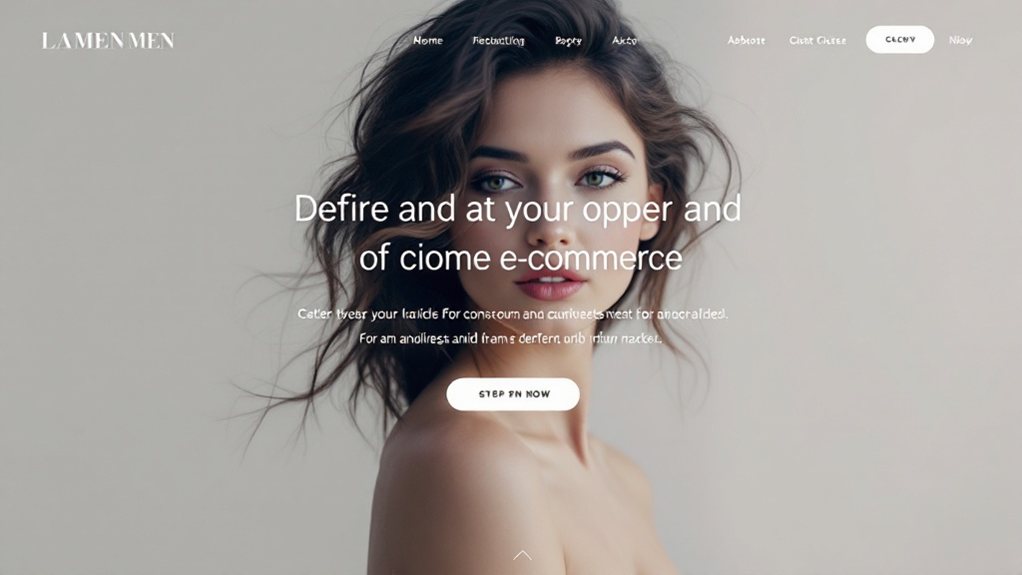
Beyond the enhanced brand perception, a minimalist UX/UI design can also streamline your conversion funnels. By decluttering your website, you simplify the user journey, making it easier for customers to navigate and complete their purchases. Fewer distractions and a clear, focused layout guide them through the sales process efficiently. This reduces friction and abandonment, boosting your conversion rates. Additionally, the clean aesthetic and intuitive navigation of a minimalist design create a positive user experience, encouraging repeat business and word-of-mouth referrals. Ultimately, a streamlined conversion funnel driven by minimalist UX/UI elevates your e-commerce success, delivering a win-win for your brand and customers.
Heightened User Engagement
Minimalist UX/UI designs not only streamline conversion funnels but also heighten user engagement. By reducing clutter and focusing on essential elements, users can easily navigate and interact with your e-commerce website. This simplicity creates a frictionless experience, keeping users engaged and reducing bounce rates. Additionally, minimalist designs often leverage negative space, drawing the eye to key call-to-actions and products. This heightened focus encourages users to explore and convert. Furthermore, minimalist aesthetics convey a sense of sophistication and professionalism, fostering trust and credibility. Ultimately, a minimalist approach to UX/UI design optimizes for both functionality and engagement, resulting in a compelling e-commerce experience.
Adaptability to Evolving Trends
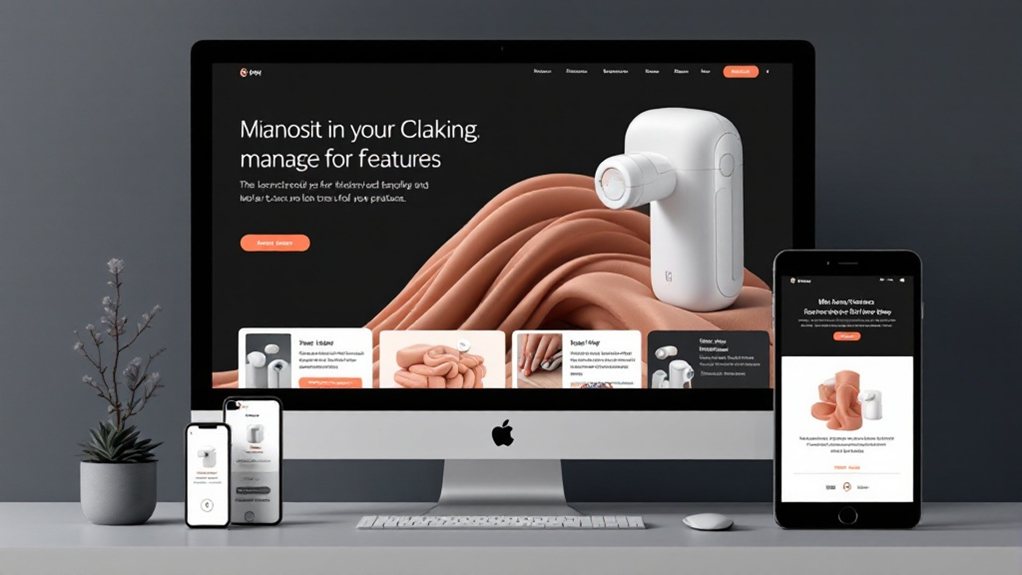
Minimalist UX/UI designs must also remain adaptable to evolving trends within the e-commerce landscape. As consumer preferences and technological advancements shape the industry, these designs need to effortlessly adapt. They should incorporate flexible layouts, modular components, and streamlined interfaces that can be easily updated. This agility ensures the design remains relevant and effective, even as the e-commerce space rapidly transforms. Moreover, a minimalist approach lends itself to this adaptability, as it avoids overcomplicated structures that can become outdated. By embracing simplicity and versatility, minimalist UX/UI designs can seamlessly evolve alongside the ever-changing e-commerce environment, providing an optimal user experience that resonates with the modern consumer.
Competitive Advantage in the E-commerce Landscape
A well-executed minimalist UX/UI design can provide a distinct competitive advantage in the e-commerce landscape. It allows you to stand out in a crowded market by offering a clean, intuitive, and distraction-free shopping experience. Customers today value simplicity and efficiency, and a minimalist approach caters to these preferences. It reduces cognitive load, enhances usability, and fosters a faster purchase journey. This, in turn, can lead to higher conversion rates, increased customer loyalty, and better brand perception. Furthermore, a minimalist design is often more cost-effective to develop and maintain, freeing up resources that can be directed towards other strategic initiatives. Embracing minimalism can be a powerful strategy to gain a competitive edge in the e-commerce arena.

